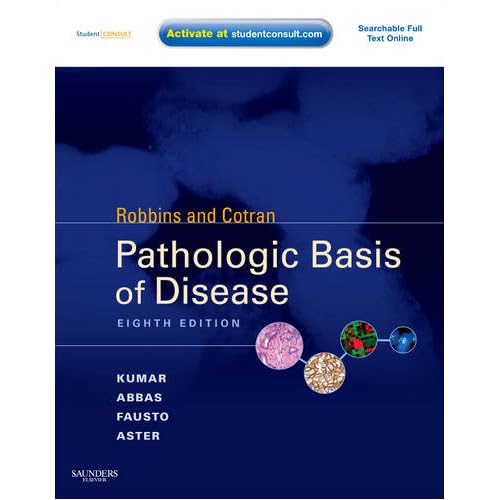Need some guidance from the street. The signs & symptoms of various "chief complaint's" in the textbooks are mostly very vague, and give a lot of conflicting "could be's". Would anyone be willing to fill in the blanks to the following categories to help me, and others I'm sure, in painting a picture of knowledge of how the pt's with the following disease processes most often present out in the real world. Thanks much!
----
PULMONARY EMERGENCIES:
- COPD (CHRONIC BRONCHITIS, EMPHYSEMA)
- ASTHMA
- PNEUMONIA
- ARDS
- PULMONARY THROMBOEMNBOLISM
- UPPER RESPIRATORY INFECTION
- SPONTANEOUS PNEUMOTHORAX
- HYPERVENTILATION SYNDROME
- LUNG CA
---
SCENE SURVEY INFORMATION
- Pt visual appearance:
- Age, gender, weight:
- What is usually scene in Pt's surroundings that might help point you in one direction or another:
---
PATIENT ASSESSMENT
--
1. Primary Assessment.
- GCS:
- Airway:
- Breathing:
- Circulation:
- Deficits:
- Exposure:
(c-spine considerations)
--
2. Chief Complaint.
P - Provocation, prior:
A - Associated Cough, or Chest Pain:
S - Sputum Color,Severity:
T - Time, How Long:
E - Exacerbation:
( any other special questions that are good to ask to help in ruling out, and developing a management plan and why?)
--
3. Vital Signs.
P - Pulse:
R - Respirations:
O - O2 Sat:
B - Blood Pressure:
E - Eyes:
E - ECG:
L - Lung Sounds:
S - Skins:
S - Sugar:
T - Temperature:
T - Twelve Lead:
--
4. History
H - History: Pertinent medical Hx, Pertinent surgeries:
A - Allergies: Allergies to meds, what happens:
M - Medications: What meds does pt take? Is pt med compliant? Changes to recent prescriptions:
--
5. Secondary.
- Physical Exam Findings:
--
PATIENT MANAGEMENT
- Initial stabilization:
- Treatments:
- Monitoring:
- Additional Resources:
- Typical Pt response to interventions:
--
TRANSPORT DECISION
- Lifting and moving Pt:
- Mode:
- Type of receiving facility:
--
ANY OTHER POINTS TO CONSIDER AND/OR LOOK FOR. THANKS MUCH
----
PULMONARY EMERGENCIES:
- COPD (CHRONIC BRONCHITIS, EMPHYSEMA)
- ASTHMA
- PNEUMONIA
- ARDS
- PULMONARY THROMBOEMNBOLISM
- UPPER RESPIRATORY INFECTION
- SPONTANEOUS PNEUMOTHORAX
- HYPERVENTILATION SYNDROME
- LUNG CA
---
SCENE SURVEY INFORMATION
- Pt visual appearance:
- Age, gender, weight:
- What is usually scene in Pt's surroundings that might help point you in one direction or another:
---
PATIENT ASSESSMENT
--
1. Primary Assessment.
- GCS:
- Airway:
- Breathing:
- Circulation:
- Deficits:
- Exposure:
(c-spine considerations)
--
2. Chief Complaint.
P - Provocation, prior:
A - Associated Cough, or Chest Pain:
S - Sputum Color,Severity:
T - Time, How Long:
E - Exacerbation:
( any other special questions that are good to ask to help in ruling out, and developing a management plan and why?)
--
3. Vital Signs.
P - Pulse:
R - Respirations:
O - O2 Sat:
B - Blood Pressure:
E - Eyes:
E - ECG:
L - Lung Sounds:
S - Skins:
S - Sugar:
T - Temperature:
T - Twelve Lead:
--
4. History
H - History: Pertinent medical Hx, Pertinent surgeries:
A - Allergies: Allergies to meds, what happens:
M - Medications: What meds does pt take? Is pt med compliant? Changes to recent prescriptions:
--
5. Secondary.
- Physical Exam Findings:
--
PATIENT MANAGEMENT
- Initial stabilization:
- Treatments:
- Monitoring:
- Additional Resources:
- Typical Pt response to interventions:
--
TRANSPORT DECISION
- Lifting and moving Pt:
- Mode:
- Type of receiving facility:
--
ANY OTHER POINTS TO CONSIDER AND/OR LOOK FOR. THANKS MUCH


